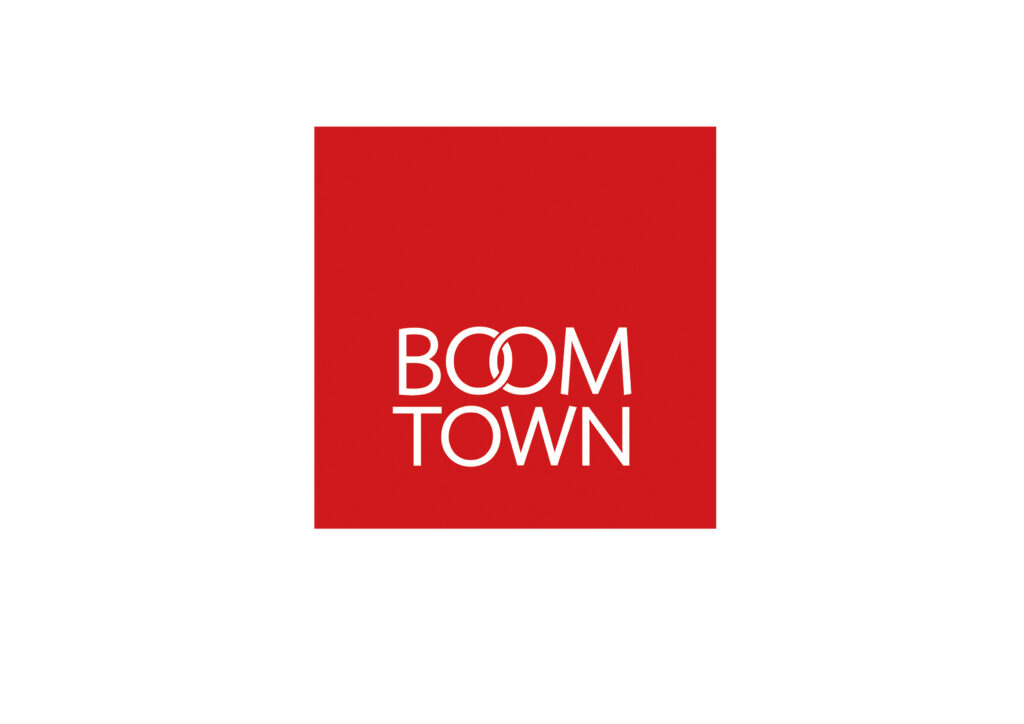
Kgavgelo Masenya, Media Planner at The MediaShop looks at the role of brands in mental health
 The country and the world are opening up again, people are getting vaxxed, South Africa is back on Level 1, gatherings are getting bigger and there is even talk of transitioning back to the office. Dare I say that we’ve have made it to the other side of the post pandemic world? Let me not jinx it, but if we are, there is no doubt that we’ve got here with some scars.
The country and the world are opening up again, people are getting vaxxed, South Africa is back on Level 1, gatherings are getting bigger and there is even talk of transitioning back to the office. Dare I say that we’ve have made it to the other side of the post pandemic world? Let me not jinx it, but if we are, there is no doubt that we’ve got here with some scars.
One scar is that of mental health which has gained massive focus in recent months. It’s always been there but thankfully now it’s no longer swept under the rug. My question is though: what is a brand’s role when it comes to mental health, and what is our role as marketers, strategists, media practitioners and brand advocates on the topic of mental health?
I’m referring to the emotional, psychological and social wellbeing of an individual. It is about how we think, feel and act and it even affects how we handle stress, how we relate to others and make decisions. Our minds are how we function; and if that is cloudy, how can we possibly be effective?
You would’ve probably come across the suicide report originally published by STATISTA that made the rounds recently, showing suicide rates around the world. Based on this report South Africa sadly has the second highest estimated suicide rate per 100 000 population in 2019, most of which were men (that will require a separate exploration). This data is based on 2019 information, before we were hit by the trauma of Covid-19, what are the stats now?
Kantar ran a barometer of their own, exploring consumers’ attitude, habits and expectations which found that 42% of all respondents feel that there has been an impact on their mental wellbeing with 18–24-year-olds being the most severely affected. This was explored further by The MediaShop’s own Maggie Pronto in a previous blog ( https://www.mediashop.co.za/blog/marketing/item/390-waiting-on-the-world-to-change ), you should read it.
Marketing 101 tells us to explore our target markets even psychologically, and it’s clear that there is an issue here, not just among a specific nation or target market but globally. I mean Simone Bliss, the USA gymnast withdrew from the Tokyo Olympics recently and tennis player, Naomi Osaka withdrew from the French open due to mental health concerns.
These are big moments, those “I’ve dreamt of this day” kind of moments where they had to step back because they were not in a good mental space. Social issues like gender-based violence, unemployment, the increasing cost of living, land reform and corruption, not to mention the constant grief we are exposed to, all make for a gloomy reality that is bound to impact our state of mind. In the same breath we know that brands are a huge part of our lives, whether it’s a prompt for the everyday necessity of bread and milk, the aspirational goal of buying a new car or simply the spoils of taking a trip, branding is everywhere.
Great branding is all about the position we hold in the consumers mind, but if they aren’t in the right frame of mind, that position will be fleeting. Our role as media and marketing professionals is to show that we are aware of the pressures on our consumers’ minds and ultimately to show up accordingly. But how?
- Don’t shy away: show that you understand, meet them where they are and help if you can. We’re not saying slap a sticker of support at the end of the ad. But actually take the time to explore how your category can impact a person’s mind and make sure you show up in a helpful way rather than a product push.
- The messaging: a little empathy goes a long way. I respect a good salesperson, that hard push kind of messaging, the buy now why wait! Yet in this day and age isn’t it doing more harm than good? A large portion of mental distress relates to finances, the images of perfection and having it all, people are living beyond their means trying to buy your brand to look cool. How about taking a more supportive stance? Make it about the consumer and not about the brand or product, a good example is the DOVE Esteem project.
- Join the conversation: as mental health awareness becomes more pressing there are more and more conversations happening around it straight from the consumers themselves and we need to join in. Media platforms like Twitter Spaces and podcasts are all growing mostly because they allow organic, authentic conversation which goes back to my first point: we shouldn’t shy away. Join that Twitter Space and jump on a podcast beyond a tag line. Lastly:
- Undertake a Digital Detox: social media is a huge culprit to increased anxiety and depression, especially among the younger demographic. Naturally brands have become more digitally led because as we’ve seen; that’s where the audience is, but what if we, as brands and media, give consumers subconscious permission to switch off? Just as Lockdown forced us to revaluate what’s important, we have the power to eliminate that FOMO among consumers.
I realise this is no easy issue especially for businesses and brands and there’s various ways we can look at it but let’s remember our starting point is always the consumer. If we want share of voice (SOV), saliency and continuous growth, it means we want consumers to be able to spend on us now and into the future. But how can they, when they are not in a good frame of mind and cannot fully grasp our messaging? To reiterate our role as brands, strategists and marketers, we really need to show up ethically in a way that makes things better for both the consumer and the brand.
If you or anyone you know may be experiencing mental health issues, do visit https://www.sadag.org/ for available resources. You are not alone.
- MRF Unveils Latest MAPS® Data - 20th February 2025
- The BRC announces changes to the board and updates for 2025 - 17th December 2024
- Top 50 DSTV TV programmes – October 2024 - 12th November 2024



